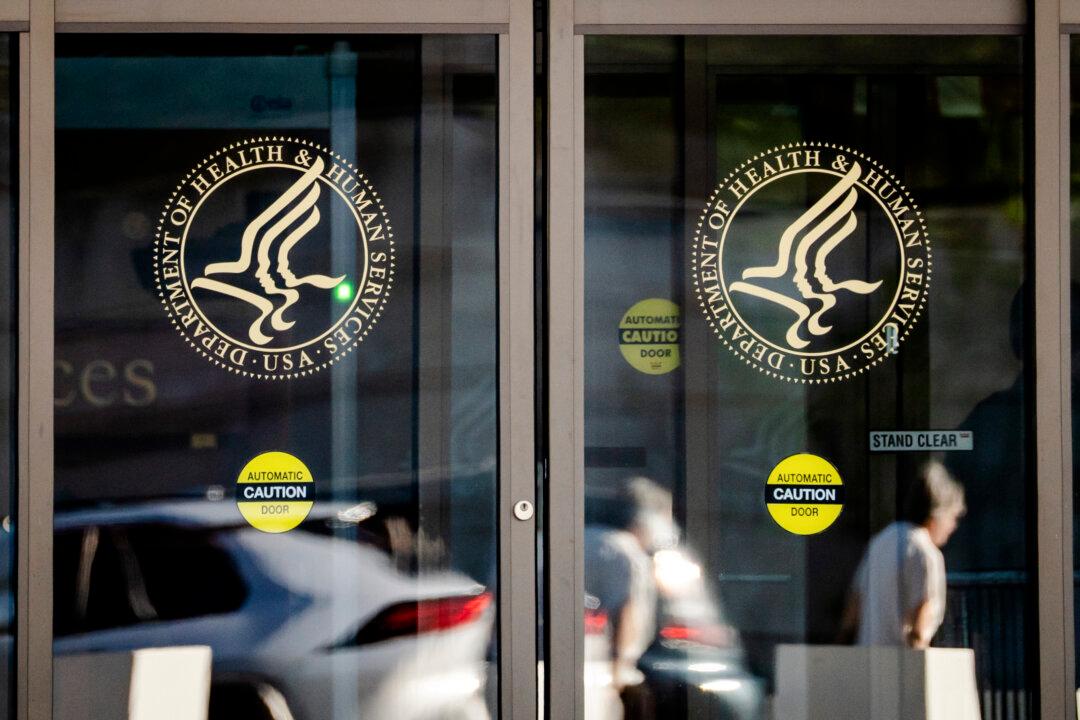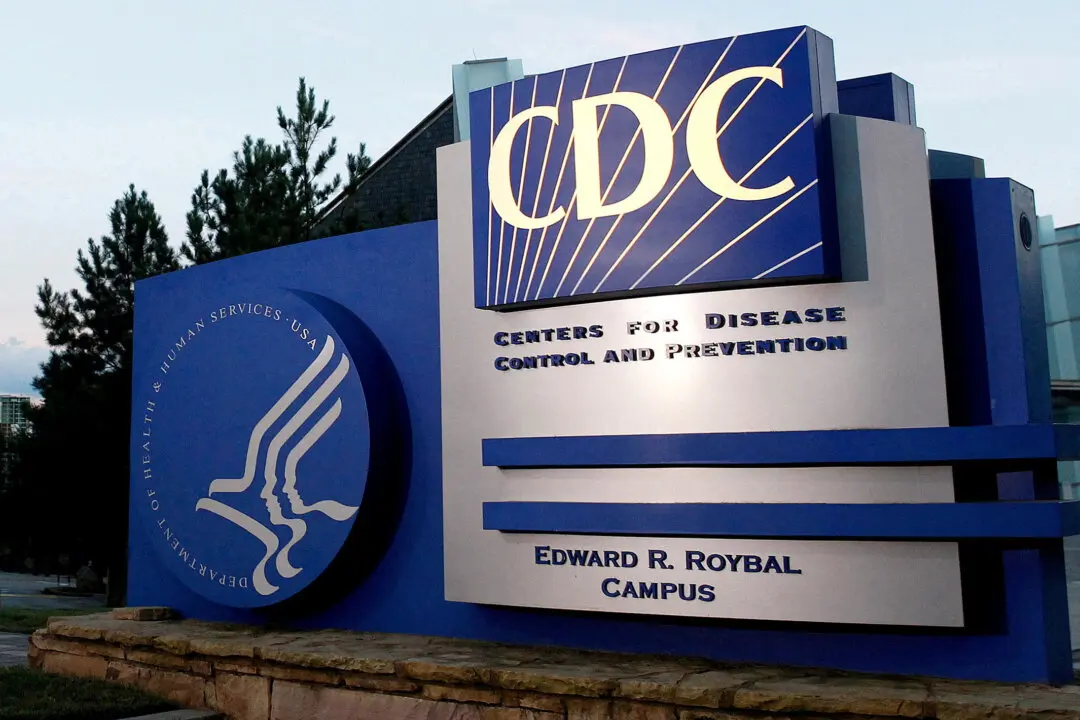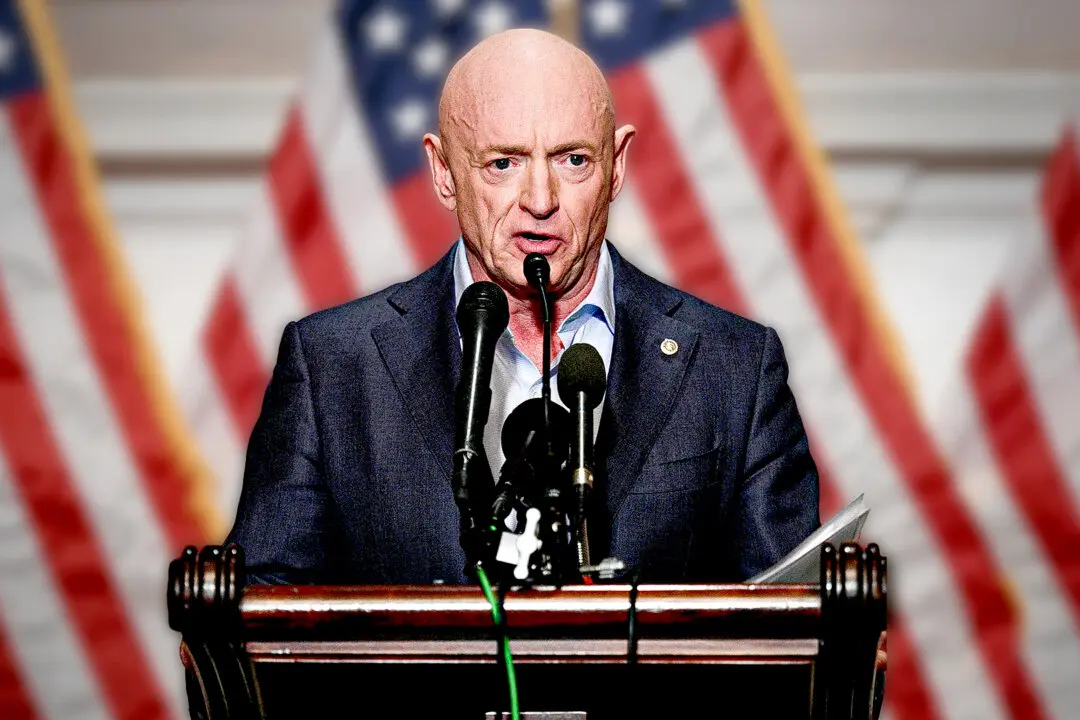The director of the Centers for Disease Control and Prevention (CDC) defended telling educators last year that social distancing in schools of three feet was “quite safe,” while new reopening guidance from her agency says six feet of distancing is recommended.
“Over the summer, we were at much less disease, and our guidance is a bit more flexible in terms of the distancing if you are at low rates of transmission, those rates that we were seeing over the summer,” Dr. Rochelle Walensky said on Feb. 14.





